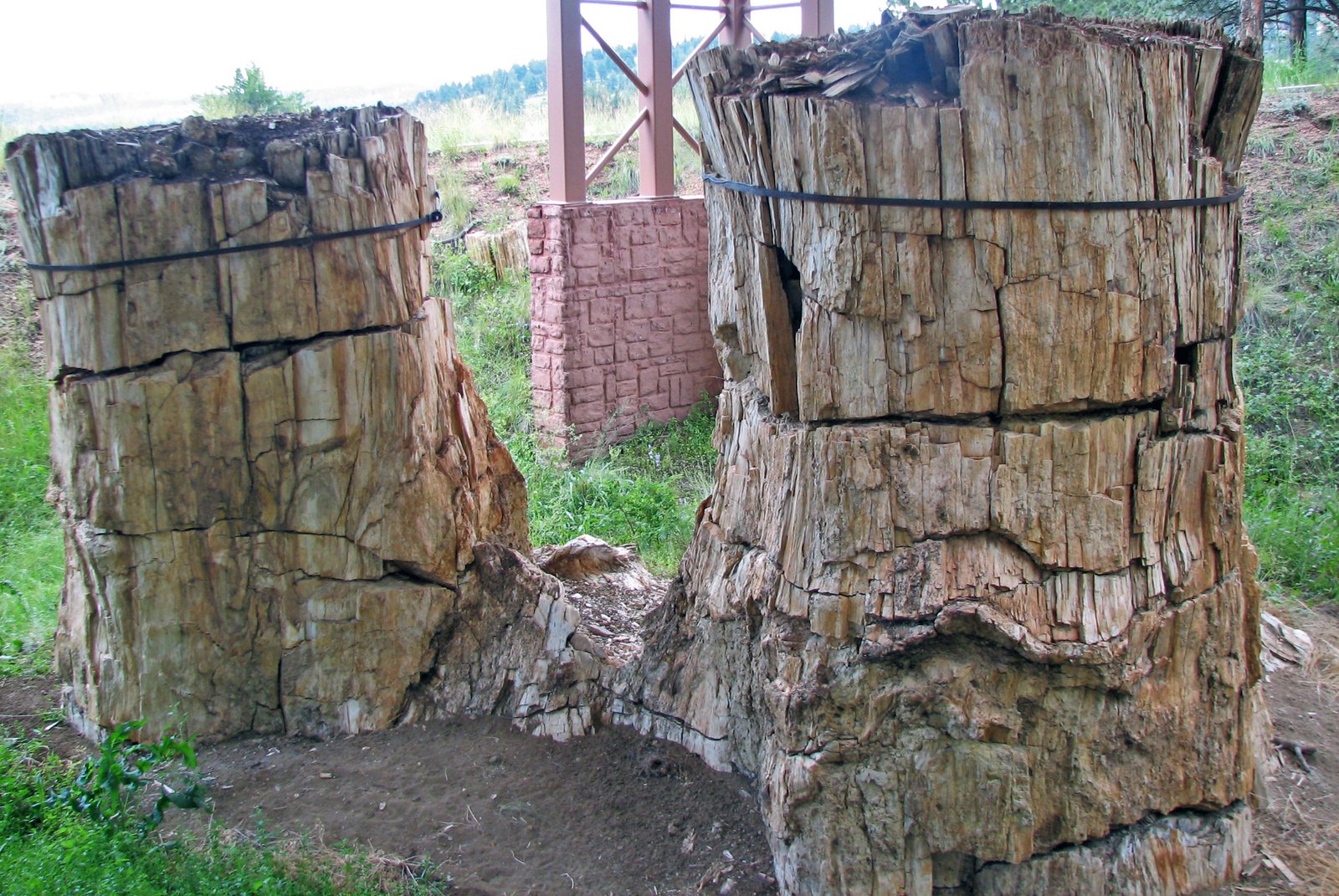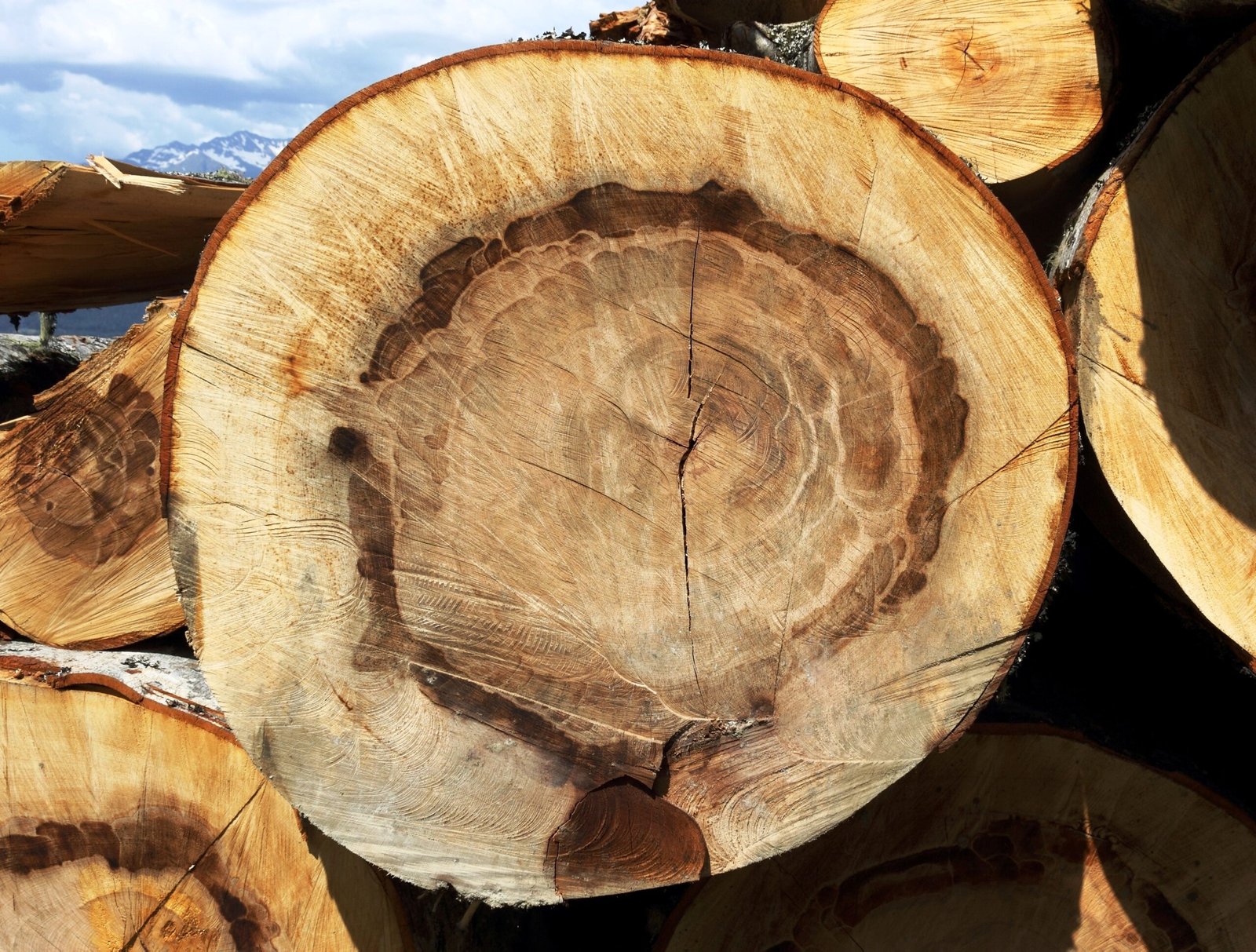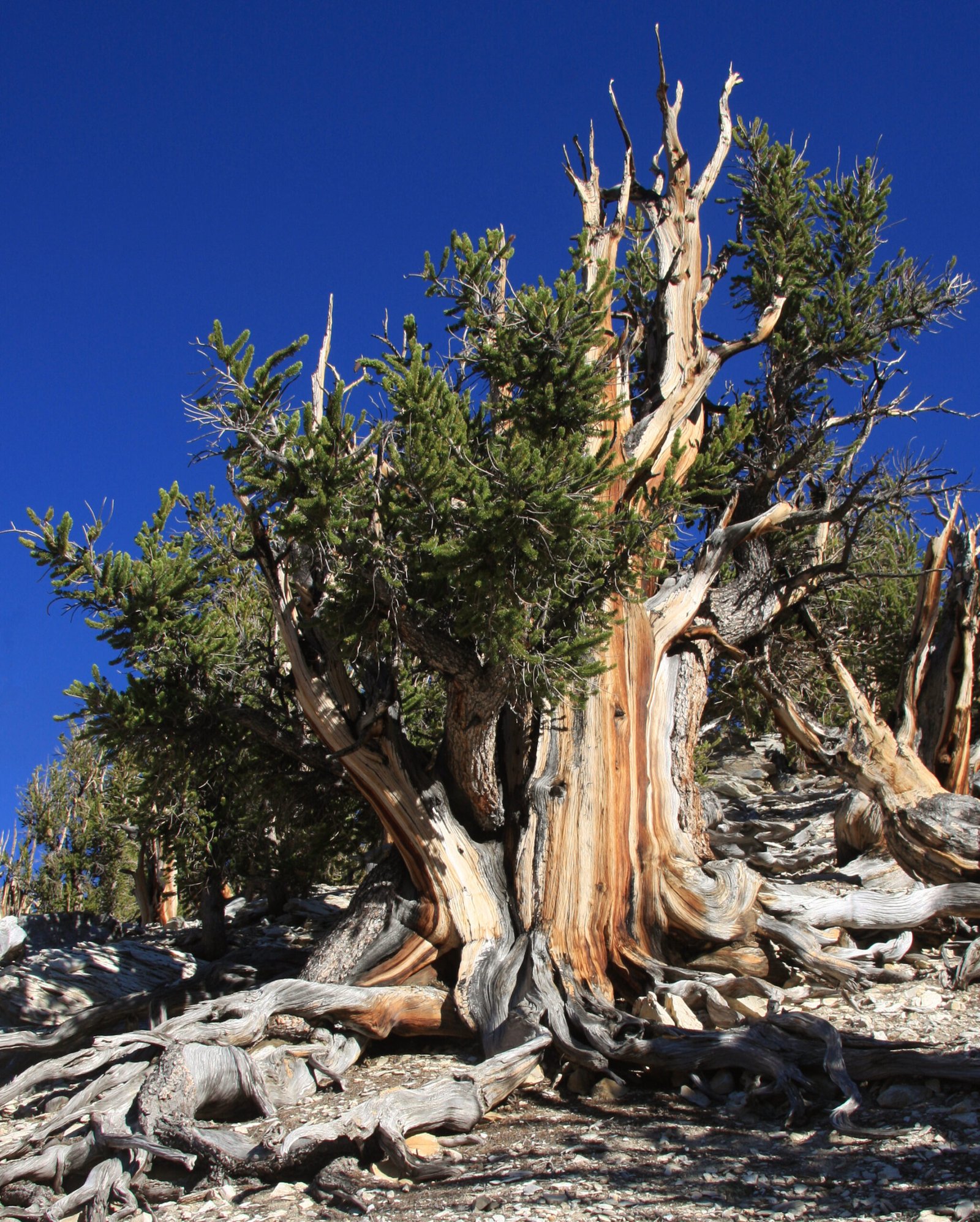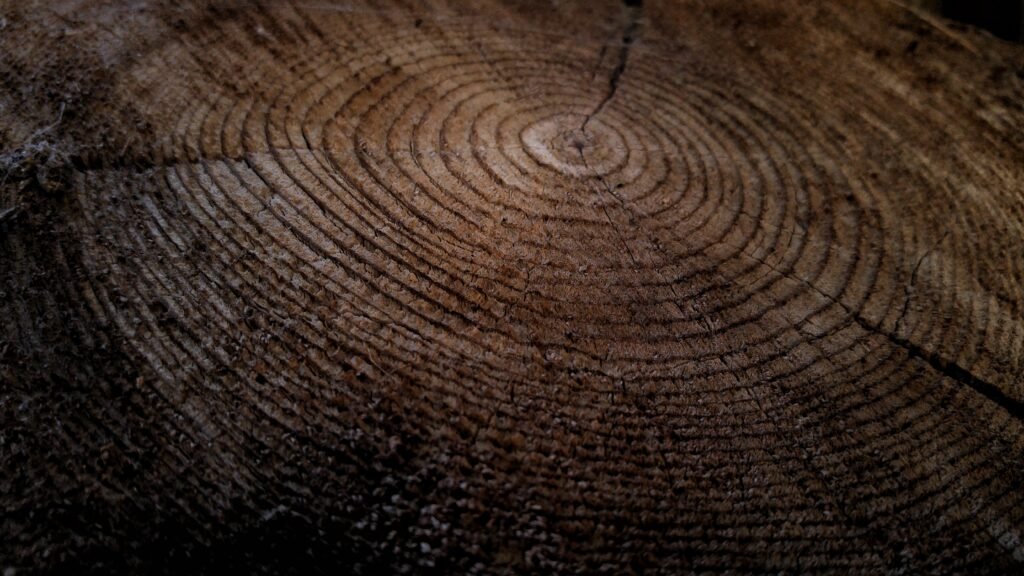Imagine standing in a silent forest, the crisp air tingling on your skin, surrounded by towering giants that have witnessed centuries unfold. What if I told you these trees are not just passive spectators, but living historians—each trunk a time capsule, each ring a secret diary entry about Earth’s changing climate? The story of tree rings is more than a tale of growth; it’s a captivating chronicle of droughts, storms, volcanic eruptions, and even human impact. Let’s wander into the heart of the forest and discover how trees remember, and what their memories reveal to those willing to listen.
The Language of Tree Rings: Nature’s Written Record
Tree rings, also known as growth rings, are much more than simple marks inside a log. Each ring is formed by a layer of wood produced in one growing season, usually a year. In good years with plenty of rain and sunlight, trees lay down wide, robust rings. Harsh years—droughts, fires, or cold snaps—show up as narrow, faint rings. This natural “barcode” acts like a living journal, letting scientists read stories of the past without a single word being written. The regularity and precision of these rings make them a powerful tool for anyone who wishes to unlock the secrets of environmental history.
Dendrochronology: The Science of Counting Time
The study of tree rings is called dendrochronology, a term that sounds as ancient as the trees themselves. Scientists in this field use special tools to extract tiny, straw-like cores from trees, leaving the giants unharmed. By counting and measuring these rings, researchers can pinpoint the exact year each ring was formed, sometimes going back thousands of years. This technique is so accurate that it’s even used to date ancient wooden structures, shipwrecks, and archaeological sites. Dendrochronology is like detective work, unraveling mysteries of the past one ring at a time.
Climate Chronicles: Rings as Weather Diaries
Tree rings record more than just the age of a tree—they hold the memory of every year’s climate. Thick rings often signal years of abundant rain and warmth, while thin rings whisper of drought or frosty seasons. In some cases, scars within the rings reveal the trauma of forest fires or insect invasions. By comparing tree ring patterns from many trees in a region, scientists can reconstruct climate maps stretching back centuries or even millennia. These records are far more detailed than most human-kept weather logs, making trees the ultimate long-term climate witnesses.
The Story of a Single Tree: Personal Histories in Wood

Each tree is unique, much like a person, with its own story etched inside. Take, for example, a bristlecone pine high in the mountains of California. Some of these trees are over 4,000 years old. Their rings have survived megadroughts, volcanic winters, and even the rise and fall of civilizations. When scientists examined the rings of Methuselah, one such ancient pine, they found evidence of climate events that changed the course of history. Every ring is a heartbeat—one more year survived, one more story added to its silent memoir.
Extreme Events Captured in Wood
Nature sometimes throws curveballs, and trees record these moments with remarkable clarity. The eruption of Krakatoa in 1883, for instance, filled the atmosphere with ash, dimming sunlight and cooling the planet. Trees around the world grew unusually thin rings that year, marking the event in a way that could never be forgotten. Likewise, long droughts or sudden cold spells show up as patterns that leap out to trained eyes. These fingerprints of disaster remind us that trees are resilient, but also vulnerable record-keepers of the chaos around them.
Tree Rings and Ancient Civilizations
It’s not just nature’s fury that trees record—human history is there too. Droughts preserved in tree rings have been linked to the collapse of ancient civilizations, such as the mysterious disappearance of the Ancestral Puebloans from the American Southwest. By syncing archaeological artifacts with tree ring data, historians can uncover how climate shaped the fate of entire societies. Trees, in a sense, have a voice in the story of humanity, offering silent warnings and lessons from the past.
Unlocking Secrets with Isotopes

Tree rings do more than show size; they also trap chemical signatures from the air and soil. Scientists analyze the isotopes—special forms of elements like carbon and oxygen—within each ring to learn about rainfall, temperature, and atmospheric gases. This is like reading between the lines of a diary, uncovering hidden details about ancient environments. Isotope analysis has even revealed shifts in global carbon dioxide levels, helping us understand long-term climate trends beyond what traditional records show.
Tree Rings and Volcanic Eruptions

Volcanoes have played a dramatic role in shaping Earth’s climate, and trees have captured every explosive moment. When Mount Tambora erupted in 1815, it caused the infamous “Year Without a Summer.” Tree rings from that time are unmistakably narrow, a chilling reminder of how volcanic ash blocked sunlight and froze crops worldwide. By comparing tree rings from different continents, scientists can trace the global reach of volcanic disasters, piecing together a planetary puzzle from scattered clues.
Drought, Flood, and Famine: Nature’s Rhythm in Wood

Cycles of wet and dry are etched deeply into the wood of trees, especially those that live in challenging environments. For example, the rings of ancient oaks in Ireland have helped researchers identify periods of historic flooding and famine. These patterns match up with old stories passed down through generations, giving scientific weight to legends and folklore. Trees do not exaggerate or forget—in their rings, every lean year and every bounty is faithfully recorded.
Modern Climate Change: Trees as Witnesses
In our own time, trees continue to bear witness to rapid changes in climate. Recent tree rings often show unusual patterns, with many species growing faster due to warmer temperatures and increased carbon dioxide. But not all is good news—some trees are struggling, their rings narrowing as droughts become more frequent and severe. By comparing modern growth to centuries-old records, scientists can see just how quickly the environment is shifting, and which forests are most at risk.
Urban Trees: Recording the City’s Breath
Even city trees have stories to tell. Their rings reveal the effects of pollution, construction, and the urban heat island effect. In some cities, researchers have found that trees grow differently next to busy roads compared to quiet parks. Their rings can even track improvements in air quality after laws change. These urban sentinels quietly document the health of our cities, offering clues on how to create greener, more resilient communities.
The Wisdom of Ancient Forests
Walking through an old-growth forest is like stepping into a library of living books. The oldest trees, sometimes called “witness trees,” have stood for centuries, their rings archiving everything from wildfires to ice storms. These forests are rare and precious, offering unmatched insight into the natural world. Scientists guard these elders fiercely, knowing that once a witness tree falls, its story can never be replaced. Their wisdom helps guide conservation efforts, showing us how forests have survived—and sometimes thrived—through the ages.
Tree Rings and the Mystery of the Little Ice Age

One of the most intriguing mysteries in climate science is the Little Ice Age, a period of unusual cold from roughly 1300 to 1850. Tree rings from around the world show remarkably consistent evidence of this chill. By studying these patterns, scientists have pieced together a global story of volcanoes, solar changes, and shifting weather patterns. The trees remember what we could not, helping us understand the forces that shaped centuries of history.
Hidden Messages: Micro-Rings and False Rings

Not all rings tell a straightforward story. Sometimes, trees form “false rings” during periods of unusual stress—like an early frost followed by a warm spell. These can fool even seasoned scientists, but careful analysis can usually untangle the truth. Micro-rings, too, are tiny bands formed in response to short-term events, like a sudden drought. These subtle clues show how trees don’t just remember years, but sometimes even weeks or days of extraordinary weather.
Long-Lived Witnesses: The Bristlecone Pine

Among the most famous tree historians are the bristlecone pines of the American West. Some of these hardy trees are nearly 5,000 years old, making them older than the pyramids. Their slow, gnarled growth is packed with information about ancient droughts, solar storms, and even cosmic rays. Scientists travel great distances just to study a single bristlecone, knowing that its rings hold secrets that textbooks never could.
Tree Rings and the Future: A Warning and a Guide

The stories trees tell are not just about the past—they are warnings for the future. As climate change accelerates, the lessons locked in tree rings become more urgent. Patterns of growth and decline help predict which regions may face water shortages or forest die-offs. Policymakers and environmentalists use this data to plan for the decades ahead, hoping that by listening to the wisdom of trees, we might avoid repeating the mistakes of history.
Citizen Science: How Anyone Can Help Decode Tree Memories

You don’t have to be a scientist to join in this detective work. Around the world, citizen scientists are helping collect tree ring samples, map forest histories, and document unusual growth patterns. There are community projects where people can learn to read rings, even from fallen logs in their backyard. This shared curiosity brings people closer to nature and fosters a sense of stewardship for our planet’s oldest storytellers.
From Fire Scars to Frost Rings: Specific Markers in Wood
Some tree rings bear visible scars—dark lines from wildfires, or compressed bands from sudden freezes. Each special marker is like a bookmark in the story, highlighting a year when something extraordinary happened. These markers allow scientists to reconstruct the timing and impact of events that might otherwise be lost to history. It’s a bit like finding a photograph or a letter tucked inside a book—suddenly, a forgotten event comes alive again.
Connecting the Dots: Global Tree Ring Networks
Scientists have created vast networks of tree ring data from every continent. By comparing notes from Siberia to South America, they can spot global trends in climate, disease, and disaster. These networks are like a worldwide web of living memories, connecting forests and people across time and space. The more we learn, the clearer it becomes that no tree stands alone—each is part of a chorus singing the story of our planet.
The Emotional Power of Tree Stories
There’s something deeply moving about touching the rings of a tree, knowing you’re feeling the echoes of centuries. For many, this connection sparks a sense of wonder, humility, and responsibility. Artists, poets, and musicians have all found inspiration in the quiet wisdom of trees. Their stories remind us that we are just one chapter in a much longer tale, and that the choices we make today will be remembered, ring by ring, for generations yet to come.


